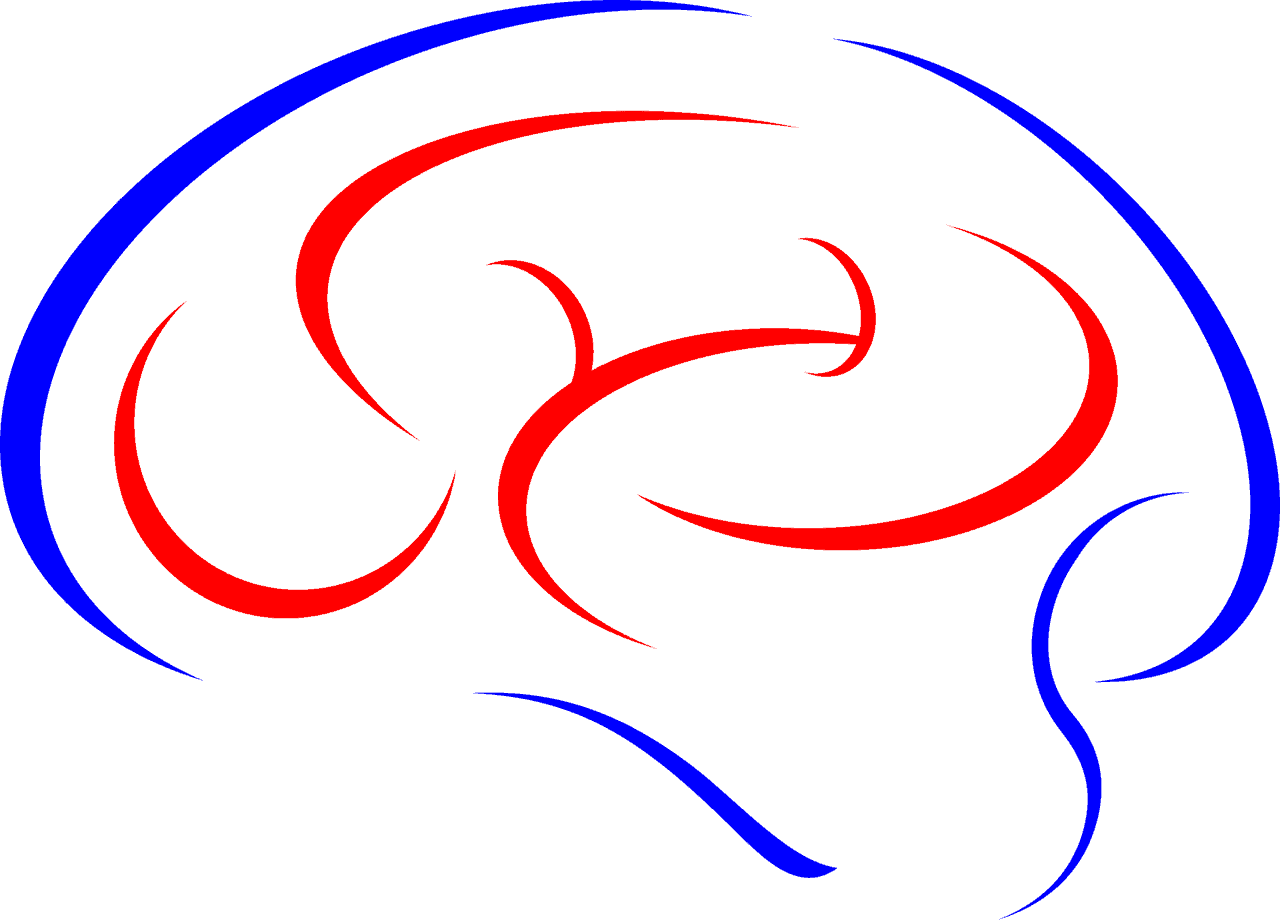
Important Decisions After a Stroke
After suffering a stroke, important decisions have to made — fast — about the care, treatment, and approach for the patient, including the decision to enter end-of-life care in Alameda County and elsewhere. As it’s National Stroke Awareness Month, May is a good time to explore what stroke is, how to detect the symptoms, and how to prevent it. A stroke happens to be the #5 cause of death and the leading cause of disability in this country, according to the American Stroke Association.
Here, we will go over what stroke is, who it affects, and what can be done about it. We’ll also go over some of the important decisions that need to be made immediately after a stroke.
What is Stroke?
A stroke happens after a blood vessel carrying oxygen and nutrients to the brain becomes blocked by a clot or ruptures. When this occurs, part of your brain can’t receive the blood and oxygen it needs to function, and brain cells die off. Eighty percent of strokes are preventable, and about half of all adults with high blood pressure are females. Additionally, women are at a higher risk for high blood pressure and stroke due to factors like pregnancy, birth control, and menopause.
Symptoms of stroke include:
- Face drooping
- Arm weakness
- Slurred speech
- Sudden numbness or confusion
- Sudden difficulty seeing or walking
- Sudden severe headache
- Dizziness
If you or a loved one experiences any of these symptoms, a call to 911 is the next step. Getting timely stroke treatment is a vital step on the road to recovery. Immediate treatment can minimize the long-term effects of stroke and can even prevent death. Recent advances in stroke treatment have increased survival rates over the last 10 years or so.
Life After Stroke
After a stroke, many immediate, as well as long-term decisions, have to be made, often by the family members if the patient is unable to do so. Stroke demands attention due to the fact that it is disabling and deadly. One in 15 patients, in fact, needs mechanical ventilation upon admission after a stroke, 1 in 20 patients is discharged with a feeding tube, and 1 in 5 patients requires institutional care, according to AHA Journals.
Survival of a severe stroke means having to live with a disability. That’s why treatment decisions often involve trade-offs, and those usually include mechanical ventilation, artificial nutrition, and surgical decompression. The treatment option chosen will depend heavily on patient preference, family input, and physician decisions.
Oftentimes, hospice care after a stroke is required, due to the likely presence of irreparable damage, usually associated with the central nervous system. This damage impacts many necessary functions.
Hospice focuses on managing symptoms rather than curing the disease. Proper management and care of symptoms keeps the pain at bay as well as prevents other health issues that may be connected to stroke symptoms. End of life care can help with these symptoms and more:
- Bedsores due to inability to move
- Difficulty or inability to speak
- Muscle weakness
- Balance issues
- Inability to control bodily functions
Other factors that necessitate entry into hospice after a stroke diagnosis include:
- Rapid decline in health – The patient may be in a vegetative state or coma, or they could be experiencing varying levels of consciousness. Because they can no longer move on their own, special attention must be paid to joints, limbs, and skin.
- Comfort – The first goal of end-of-life care is comfort. This translates to ensuring the patient is as comfortable as possible, while also tending to the needs of the family as they move through uncertainty, stress, and grief.
- Care Coordination – A hospice care team can connect the patient, family, and health care team together to ensure consistent communication between all parties.
Immobility and related conditions cause pain, involuntary muscle contractions, and spasms as a result of neurological damage. In addition, aspiration pneumonia can cause shortness of breath as well as advanced pulmonary issues. Difficulty swallowing, also known as dysphagia, can result in malnutrition. GI symptoms, such as vomiting, nausea, and constipation, can be spurred by medications and even the simple act of eating. Dermatological issues such as bedsores are uncomfortable and painful, to be sure, but they also make the person vulnerable to infection. As if that weren’t enough, anxiety, depression, and restlessness can be a side effect of the damaged area of the brain.
Clearly, intervention is necessary to control pain and keep stroke victims comfortable. A qualified hospice care team can ensure this is done every single day.
Contact Pathways Home Health and Hospice
Here at Pathways, we have many people in our hospice program who have suffered a debilitating stroke — or several. Our team knows how to properly care for victims of stroke even as they face end-of-life care. To learn more about our program and how it can benefit you or your loved one, contact us at 888-978-1306.

